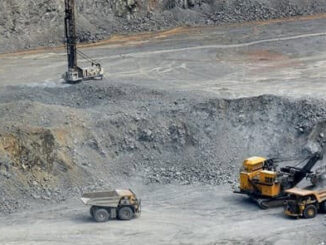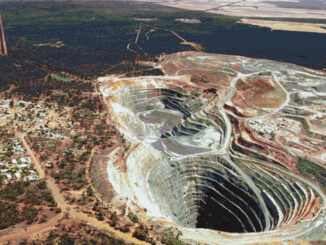
ENB Publishers Note: This is one of the most critical (pun intended) points of securing our nation’s ability to control its renewable future. Having had the chance to work with some of the smartest economists via the Critical Minerals Institute at Colorado School of Mines, this funding is extremely important and will be well worth the expenditure.
The US is to invest $74.6 million across 30 states in order to fund new research and mapping in critical minerals, and strengthen key domestic supply chains, the US Department of the Interior said June 21.
The funding will also go into geoscience data collection, data preservation, and scientific interpretation of areas with potential for critical minerals, under the US Geological Survey, or USGS, Earth Mapping Resources Initiative, or Earth MRI, the Interior said.
“These investments will help improve our understanding of domestic critical mineral resources, a key step in securing a reliable and sustainable supply of the critical minerals that power everything from household appliances and electronics to clean energy technologies like batteries and wind turbines,” the Interior said.
Rare earth metals are used in military and defense technology, steel alloys, in permanent magnets found in electric vehicles, wind turbines and other green technology and strategic applications.
China has a near-monopoly in rare earth element processing, currently accounting for 85% of global processed rare earth supplies, making the supply chain most reliant on the country with it supplying around 80% of US REE.
$510.7 million investment
Backing from the Bipartisan Infrastructure Law will account for $64 million in this effort, the Interior said, adding that it forms part of the broader $510.7 million investment in USGS from the Law to support scientific innovation.
“President Biden’s Bipartisan Infrastructure Law makes historic investments to support scientific research, data mapping and preservation,” Secretary of the Interior, Deb Haaland, said in a statement.
“In order to make data-driven decisions based on the best available science, we need to equip our premier science agencies with the resources they need. The funding we are announcing today and the partnerships it will foster will help us research and preserve vital scientific data,” Deb Haaland said.
In December, Dan McGroarty, advisory board member of USA Rare Earth, a company pioneering development of an integrated heavy rare earths project in Texas and Colorado, said in an interview for S&P Global that the US will “never” meet its electric vehicle sales targets — including a pledge by California to phase out internal combustion engine vehicle sales by 2035 — without a domestic and regional supply chain in rare earth mining and processing, including magnet production.
“We have previously noted the US will need at least ten times the rare earth metals it currently has to meet its 2030 goals,” McGroarty said at the time. “Growing technological demand on the rare earths — in wind power, EV drive trains as well as existing demands for REEs in consumer electronics and other industrial sectors — puts pressure on supply in the US and worldwide.”
Source: Spglobal.com



